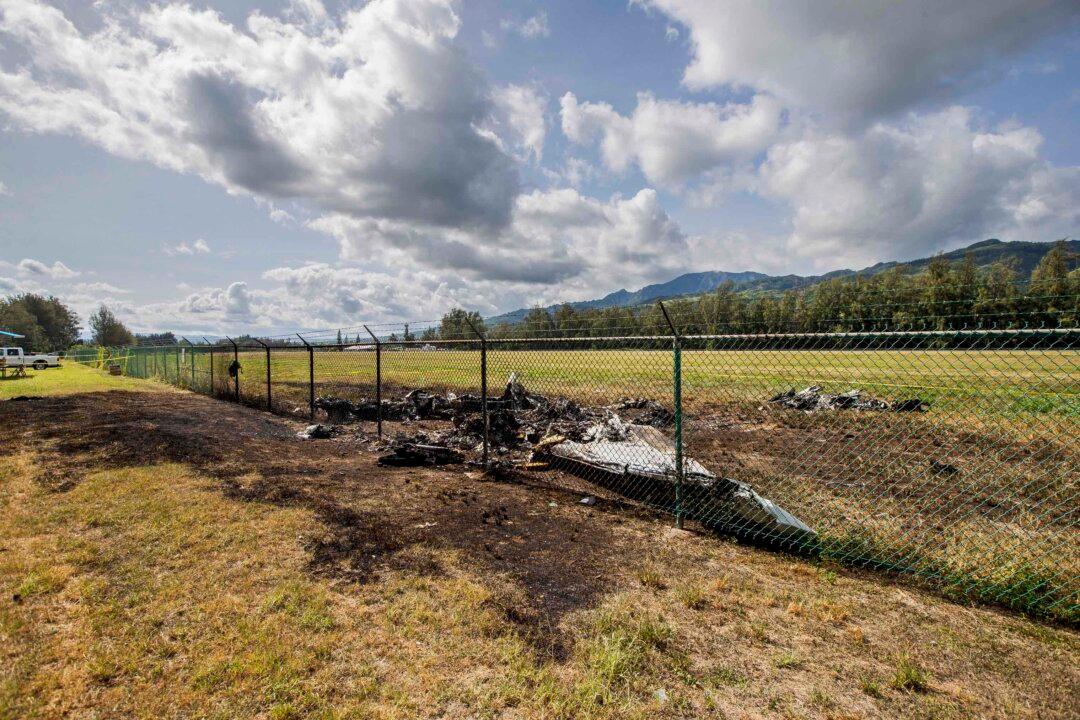The skydiving plane that crashed shortly after takeoff from the North Shore of Oahu, Hawaii, on June 21, will have its repair and inspection records reviewed by federal investigators, according to reports.
The fatal crash at Dillingham Airfield, killed all 11 on board—nine men and two women—making it the worst civilian aviation accident in the United States since 2011.





